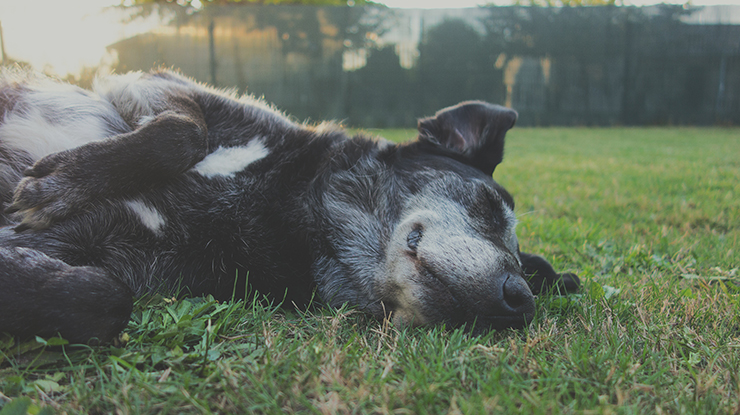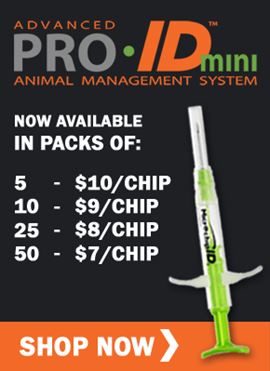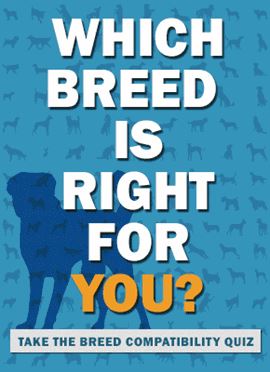
Pets VS Pests: Tips to Keep Your Pets Safe When Exterminating Pests
Americans spray more than 70 million pounds of pesticides on home lawns, trees, and bushes each year. Pet exposure to chemicals during or after treatment is common. Pets have even been known to eat treated grass or shrubs, and research has shown a correlation between lawn pesticides and cancer in pets, as well as a number of other serious illnesses.
Below are key points to keep in mind when treating your home and lawn for pests.

Hiring Out
Remember the following points if you plan to hire a pest control company to take care of your extermination needs:
- It is important to keep all pets away from treated surfaces. Pets can revisit these areas after the treatment has completely dried, which usually takes up to two hours. Outside treatments may take more time depending on weather conditions.
- Remove any pet food and water bowls from the area that is to be treated prior to the technician’s arrival.
- Speak with the person performing the pest control. Let the pest control professional know that you have pets, how many pets you have, and the types of pets.
- If the treatment is only outside, let pets out to relieve themselves before the exterminator arrives, and then keep the pets inside from the time the treatment begins until the treated area is dry.
- Birds and fish need special attention if the extermination is inside. Remove birds from the home prior to treatment, and do not bring them back to the house until the treatment is completely dry. Also, turn off fish tank pumps and cover tanks until the treatment is dry.
- Show the technician where the bird and fish live, and ask if she can treat the area lightly. Ask if there are bait or trap treatments that can be used in place of spray.
Doing It Yourself
Many of the same rules apply if you are the type of person to head down to the supply store to take care of the problem yourself.
- Read the label before you buy. Labels will tell you:
- if the substance is safe for pets and children
- first aid instructions
- phone numbers to call for help or more information
- directions for safe and effective use
- product storage guidelines
- Keep your pets away from treated surfaces for a minimum of two hours, so that the chemicals can dry completely.
- Remove all food and water bowls from areas being treated prior to starting the treatment.
- If you keep any, remove your bird(s) from the home for the duration of treatment, allowing the chemicals to dry completely before reintroducing bird(s) to the area.
- Cover or remove all fish tanks prior to spraying, and, if possible, use alternative pest control methods in the area of bird stands and fish tanks.
Poisoned Pets
Pets can be poisoned from a variety of sources. Dogs are naturally curious and may be attracted to different pest control products. Animals can gain access to these products through spills or incorrect storage procedures. Your pet may also come in contact with pesticides when a neighbor treats his lawn.
Take your pet to the veterinarian or an emergency animal hospital if he exhibits any of the following toxic poisoning symptoms:
- Anorexia
- Constricted pupils
- Depression
- Diarrhea
- Fever
- Hypersalivation
- Increased heart rate
- Lack of coordination (i.e., trouble walking)
- Muscle tremors
- Respiratory failure (e.g., trouble breathing)
- Seizures
- Vomiting
Further Reading from the Environmental Protection Agency
- Pest Control and Pesticide Safety for Consumers
- Get Rid of Pests Safely
- Protecting Pets from Fleas and Ticks
- Veterinary Pesticide Incident Reporting
- Pesticide Contacts and Organizational Information


















